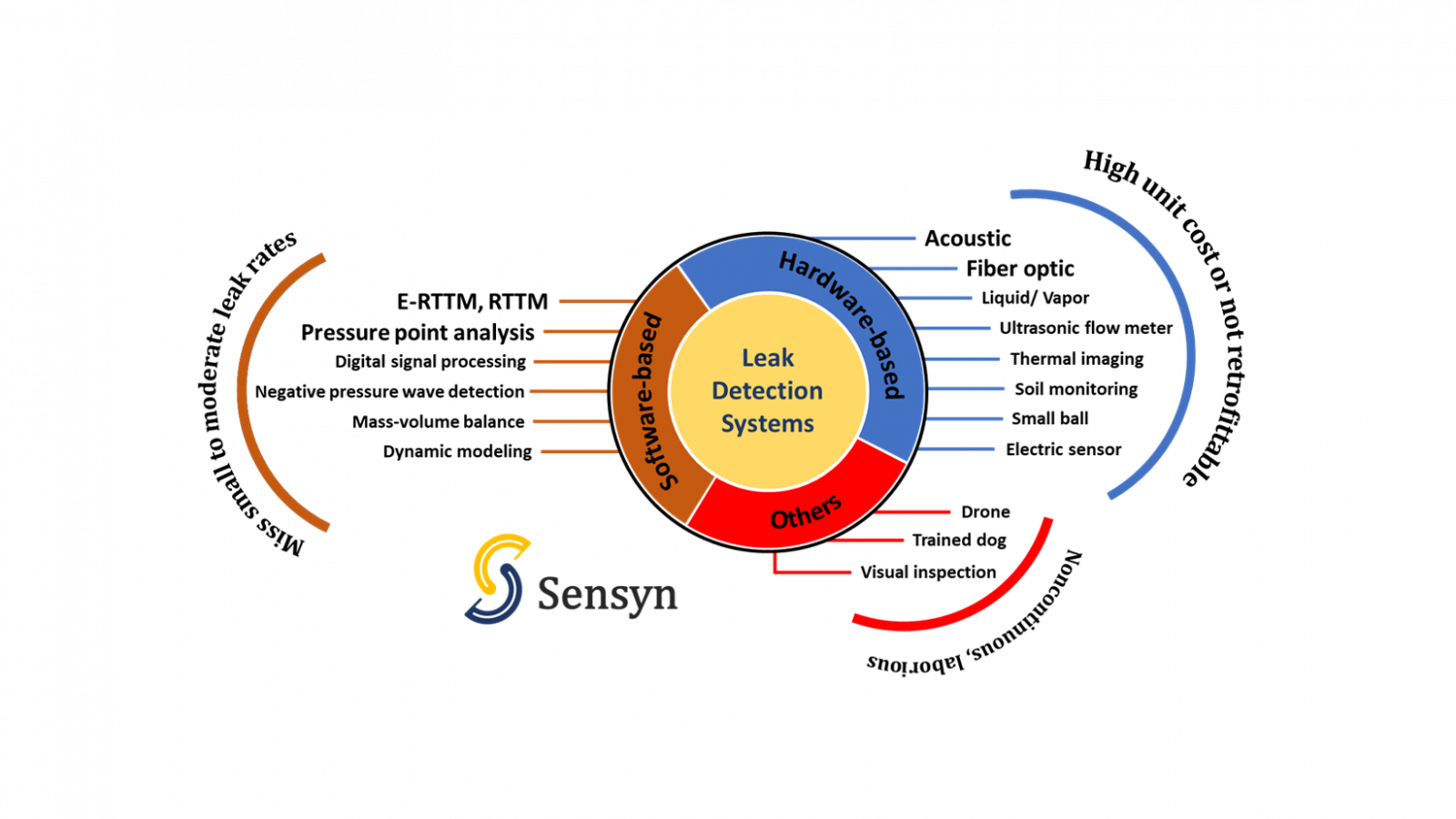A wide variety of tools have been introduced into the market for detecting hydrocarbon leaks. In general, they can be divided into two groups: external methods and computational methods. The first category of sensors involves monitoring the exterior environment of oil and gas facilities for any abnormalities related to leakage. Sensors such as acoustic, fiber optic, vapor sampling, soil monitoring, and infrared thermography fall into this category. Typically, these methods are expensive, require routine calibrations, are not retrofittable, and do not provide real-time information.
Computational algorithms are employed to magnify any variations in fluid dynamics parameters in vessels and pipelines. Among the most prevalent techniques are pressure point analysis, dynamic modeling, negative pressure wave detection, and mass-volume balance. By using mounted sensors, these techniques keep track of various internal features of the pipeline, such as pressure, flow rate, and volume. Despite being sensitive, they are often subject to false alarms caused by random fluctuations in pipeline dynamics, particularly at low flow rates.


Add a Comment